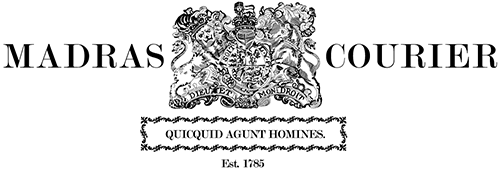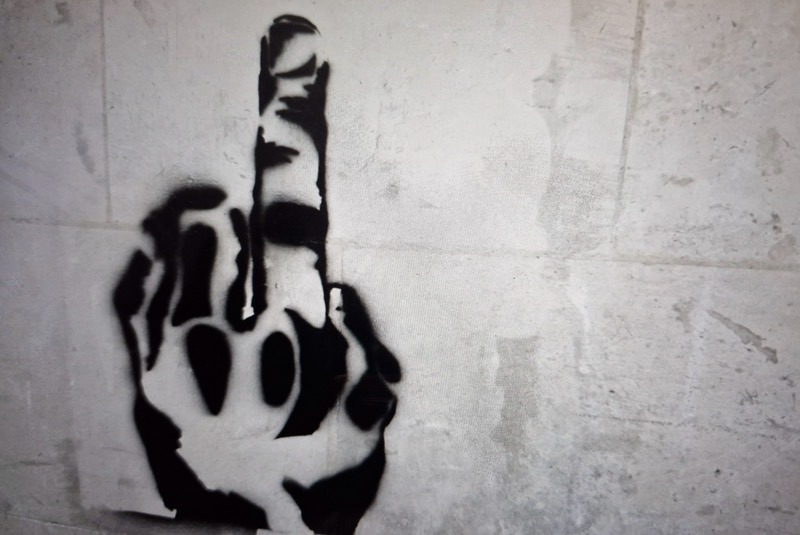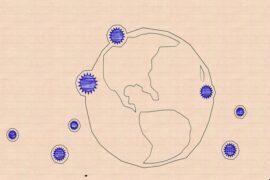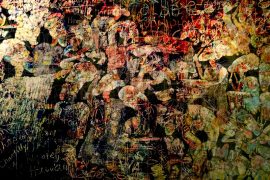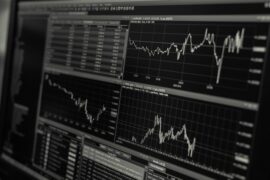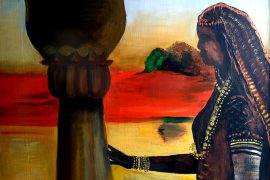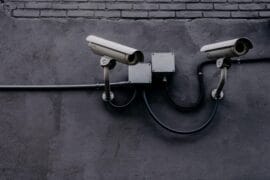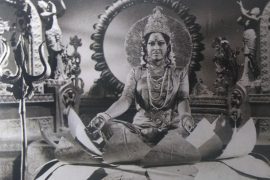There was a time when imitation was flattery. Today, it’s just theft in drag. A new kind of counterfeit has arrived, and it doesn’t come with bootleg DVDs or fake signatures—it comes as a flood of algorithmically generated art, riding the wave of artificial intelligence. And nowhere is this more visible—or more grotesquely praised—than in the sudden proliferation of AI-generated images mimicking the style of Studio Ghibli.
People share these images like they’re witnessing a miracle: “Look! It’s Totoro in Cyberpunk Mumbai! A Ghibli-style desert town! Floating trains and whimsical teacups!” But scroll a little deeper and you start to notice the uncanny smoothness, the lack of breath, the hollow stare of a machine pretending to dream. These aren’t tributes. They’re simulations. Hollow fan-fiction with no fan, no fiction, and certainly no soul.
Copyright©Madras Courier, All Rights Reserved. You may share using our article tools. Please don't cut articles from madrascourier.com and redistribute by email, post to the web, mobile phone or social media.Please send in your feed back and comments to [email protected]
